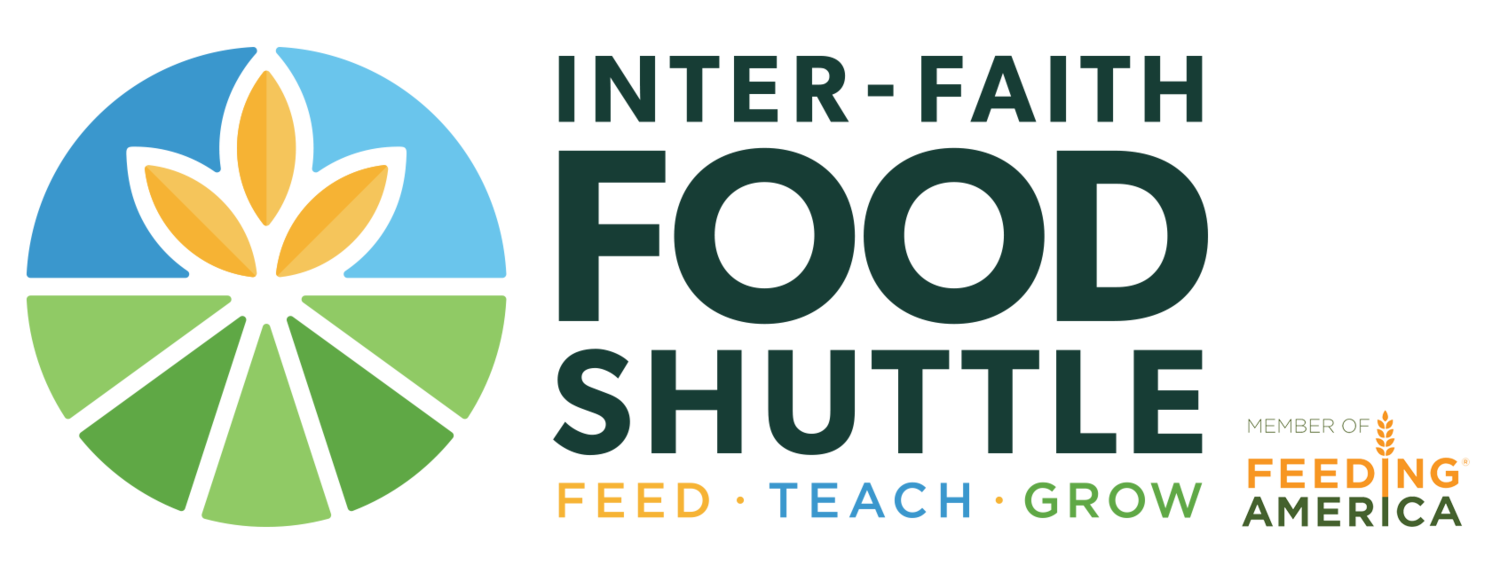The following is a blog from NC State student Holly Starks. It is the 5th in a series of 6 posts she will be writing chronicling her experience as a Nutrition Instructor for a OFL Class she is teaching. If you haven’t already, read the 1st Wee1st Weekk, 2nd Week, 3rd Week, 4th Week and 5th Week. Holly is teaching OFL as part of a Service Learning Class that has teamed up North Carolina State Students with the Inter Faith Food Shuttle’sOFL/Nutrition Program. Through this partnership, the Food Shuttle and NC State hope to engage students in service learning and community nutrition while expanding the reach of its OFL program.
Graduation Potluck!
This past Tuesday, April 27th, was the final class of our Side by Side six week course. At the beginning of class while the parents filled out a few surveys, Sara led the kids in a MyPyramid game. She showed pictures of different foods and asked for them to name the foods and then choose which food groups they belong in. After the surveys were completed, the families were challenged by a review game. The parents were asked questions from cooking, nutrition, and gardening lessons. If they answered a question correctly their child was allowed to move to the next space on our “life-size” game board. At the end of the game the families were tied and we had a lighting round to determine the winner. Felicia answered the question correctly, and she and her daughter Ali were announced the winners.
Following the game was the graduation celebration. The families were awarded their certificates for completing the course and were given graduation gifts that included a reusable grocery bag, a cutting board, a water bottle, and an adjustable measuring spoon. We also celebrated the completion of the class with a potluck. The families brought in a food item of their choice that reflected the knowledge they had gained from the class. Felicia and Ali brought in a black bean dip which contained Velveta cheese and orange bell peppers. Geneva and Dorian brought in chicken salad sandwiches on whole grain flat bread. The chicken salad had light mayonnaise and was topped with cherry tomatoes and romaine lettuce. Tamika and Tristina brought in turkey meatballs that also had mixed vegetables on the inside. Sara, our chef, brought in pumpkin muffins for the class to try. Everyone agreed that all of the recipes were delicious. The families were especially surprised about how tasty the muffins were when Sara explained that they did not contain any butter and were made using low-fat yogurt. “Wow! These are really good for not having any butter,” Tamika added. Following her comment Geneva asked, “You can use sweet potato instead of pumpkin, right?” Avram, our gardener, confirmed:
Yes, you can. It can help to save money when pumpkins aren’t in season.”
Sweet potatoes are in season all year long in North Carolina, which means that they are very affordable, especially when compared to foods that are not in season.
If you are interested in trying the pumpkin muffins with your family too, see the recipe below. We hope that you enjoyed hearing about our class. Keep a look out for new upcoming OFL classes!












